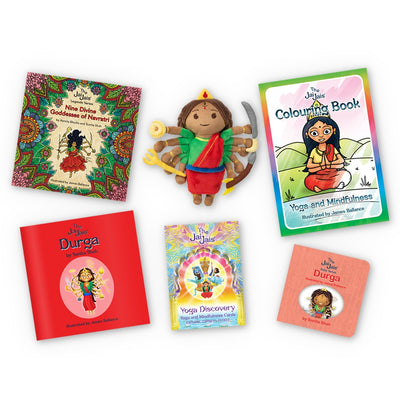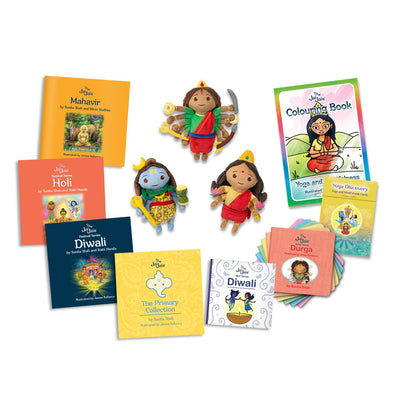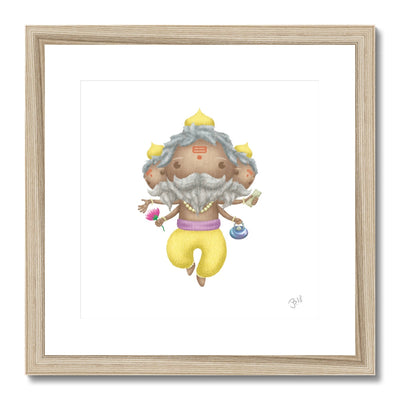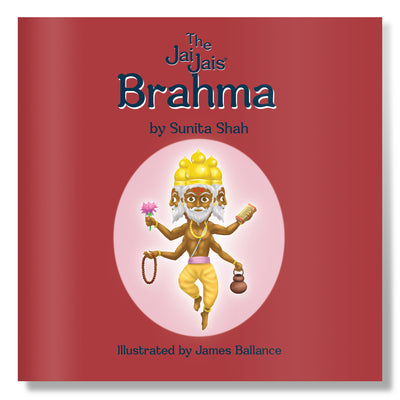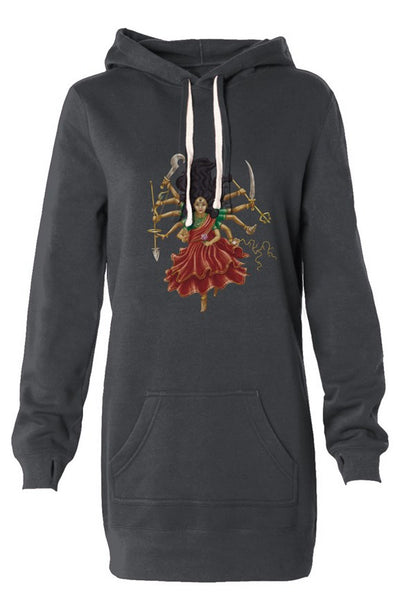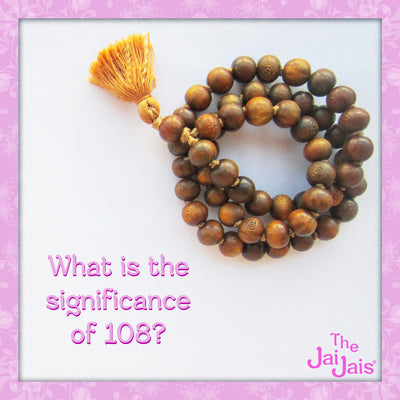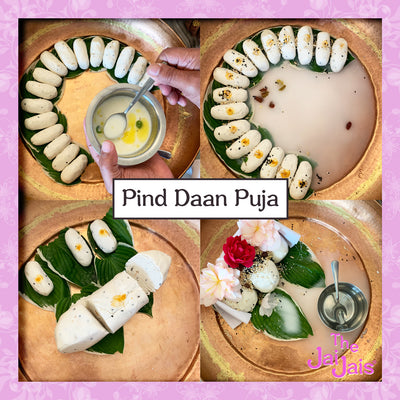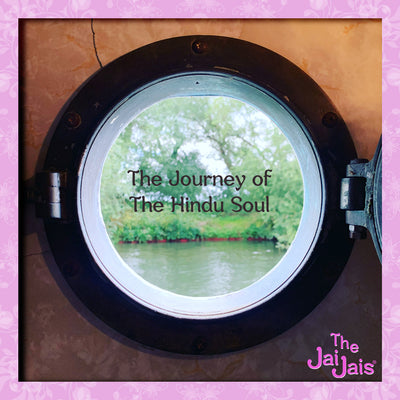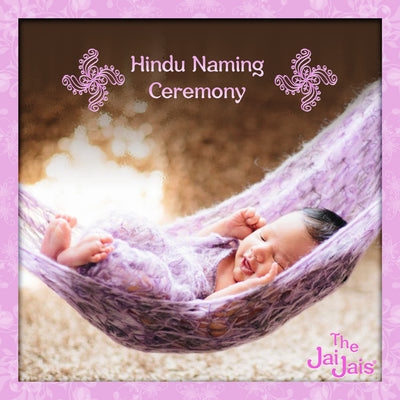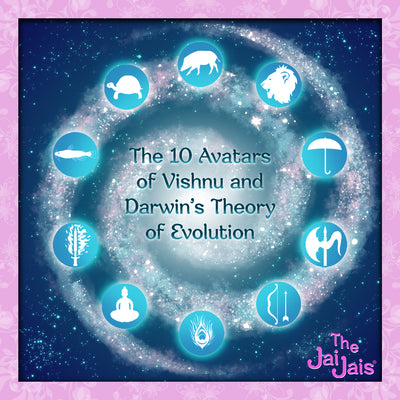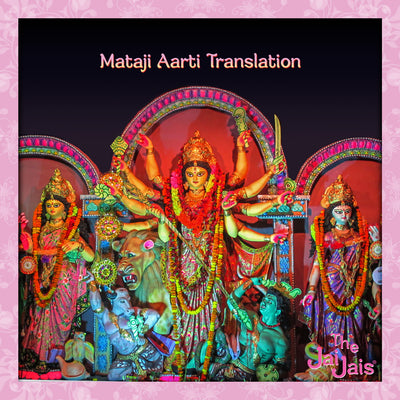Growing up Onam is not a festival that I have been familiar with until now. Let’s find out more The Jai Jais way…. little did I know that I actually wrote the story of King Bali in the 10 Avatars of Vishnu book! Onam is the Hindu festival of the state of Kerala in India, and celebrated worldwide. Celebrations last for 10 days. It is also a harvest festival.
According to Vaishnava scriptures, King Bali defeated the Gods and began ruling over all three worlds. King Bali was a demon king who belonged to the Asura tribe. The Gods got insecure of King Bali’s popularity and asked Lord Vishnu to step in and help contain Bali. It is said that the great king was sent to the underworld by Vamana (5th Avatar of Lord Vishnu), but was given an allowance to visit his people once a year, hence Onam. The festival celebrates the return from the underworld of King Bali, who was considered a great ruler. Legend has it that when Bali ruled, there was no discrimination based on caste, and there was no corruption or crime.
The Kerala government made it an official holiday in the 1960s. The area in Kochi called Thrikkakkara is particularly significant during the festival, because of its temple. Much like during Diwali, people place flower arrangements around their community, and outside their homes, called ‘Pookkalam’. They are considered auspicious and are placed to welcome King Bali.
Among other traditions associated with Onam are the various boat races known as ‘Vallam Kali’, which are held in Kerala’s many water bodies. Boats ranging from the iconic snake boat to canoes and paddled long boats are used for these races.
Much like other festivals in the country, Onam is also celebrated with song and dance. The traditional Thirvathira kali, where groups of women perform in a circle in accompaniment to various folk songs, is particularly popular. More striking but perhaps less graceful is the puli kali (tiger dance) wherein artists painted like tigers or leopards dance through the streets to the beat of traditional instruments. Usually wearing masks, the dancers mimic tigers.
Traditional Onasadhya or Onam sadhya (feast). This vegetarian feast is comprised of 20 to 30 dishes served on a traditional banana leaf and is one of the most central parts of Onam. With rice as the main dish, the feast includes a variety of lentil and vegetable preparations with plenty of coconut.
Happy Onam do you celebrate this festival?


